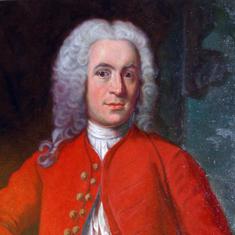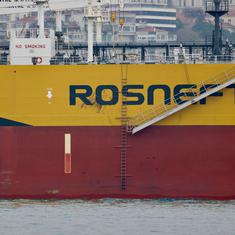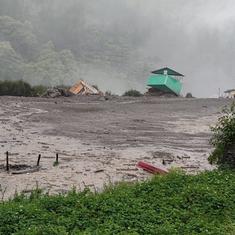Since winning the French Open in 2016, Novak Djokovic’s actions have seemingly teetered from fugue-induced lethargy to unexplained rashness, the latest of which came about in his announcement about playing in Acapulco next week.
Great news! You'll see me back on court next week in Acapulco at @AbiertoTelcel Did you miss me? 😜 pic.twitter.com/3zBXTrDtnt
— Novak Djokovic (@DjokerNole) February 23, 2017
To a lay observer, it is a decision that doesn’t make any sense, and for myriad reasons. To start with, it was Djokovic himself, who had conveniently brushed off on playing the Dubai Open, where for years before, he had had been a regular. The seemingly untoward skipping of the Dubai Open resultantly meant a lengthy, two-month long break from competitive tennis after his Australian Open exit in the Slam’s opening couple of days itself. It also added to the darkening of existing obscurity about trying to fathom his chances for the rest of the season.
In a roundabout way, it’s precisely because of the latter aspect that Djokovic’s wild card entry in the Acapulco draw makes for a crucial quirk.
The Acapulco trajectory in mainstream ATP Tour
The Mexican tournament has been a part of the ATP itinerary for the last 24 years, since being instituted in 1993. It’s also one of those few tournaments in the men’s professional tennis Tour that produce the most unexpected of winners.
In its last three years, since it was converted into a hard court event from a tournament held on clay, the Mexican Open has seen three different champions, with no defending champion being able to retain his title. This year, the top-ranked contenders in fray include – aside of Djokovic – Milos Raonic, Rafael Nadal, Marin Cilic, Dominic Thiem and David Goffin. However, suffice to say that the pressure of contradicting the premise falls entirely on the eighth-ranked Thiem, who is defending his title this year.
The toughness of the task at hand particularly multiplies in its intensity for the Austrian who, despite his performance slumping in the second half of the year on account of over-bloated scheduling in 2016, began his 2017 season on exactly the same lines – relentlessly playing tournaments week-after-week. As Thiem vies with the rest of the prominent playing field for a share in the Mexican Open history, Djokovic, however, stands far removed from similarly high expectations.
For, not only does the Serbian not have any antecedents in the tournament whatsoever. But, in this lack thereof, he has also been afforded the opportunity to his re-engage himself in the season in an ideal attempt on his part to turn it around.
Contrarily, had he played in Dubai, he would have been labelled as the favourite which, coming on the heels of his Melbourne Park ouster would have been yet another unneeded distraction for the monumentality of points defence that awaits him, beginning in March.
The long-winding road ahead for Djokovic
Not every player in the sport’s history has had been as prolific as Djokovic, since he reinvented his form in 2014. Within his peak of dominance in this timeline, the former World No. 1’s prodigiousness stood out the most in the two Masters’ tournaments held in Indian Wells and Miami.
Inaugurating the commencing of a season’s Masters’ calendar as these two events do, they are also the most tedious and difficult to win, especially simultaneously. The seguing from the dry and aridness of the Californian weather to the fickle rainy ambience in Miami effectuates distorted playing conditions from one tournament to the other which, most players find difficult to process and adapt.
Djokovic has achieved this unique feat – referred to as the Sunshine Double – four times, including an unprecedented three-peat going back to 2014. While making it to history books isn’t the priority anymore, it’s an unavoidable tenet of the game that the 30-time Masters champion has 2,000 points riding on these two tournaments alone, before the year passes on – almost immediately – to the clay season, where he has nearly 4,000 points at stake.
At present, Djokovic trails Andy Murray by 1,715 ranking points which, in case of his poor performances hereon, could widen their gap. Or, given the potentiality of the Briton’s wavering, could be as separated as it is currently. On the other hand, Djokovic’s missteps will, however, weaken his standing against the other players, who are currently tagging along, lower down in the rankings’ order.
Be it the maverick Stan Wawrinka or the re-enervated Rafael Nadal, who has come to be touted
as the front-runner at the French Open, Djokovic has a contest to play out. More importantly, seen through the unexpectedness of his entrance in Acapulco, the 12-time Grand Slam champion seems to be wanting to have an intrepid face-off against his rivals, for the first time in almost 10 months.
This attribute then throws the season wide open, far more than what the revival and resurgence of the Fedal duality looked to have brought about a month ago, Down Under.










